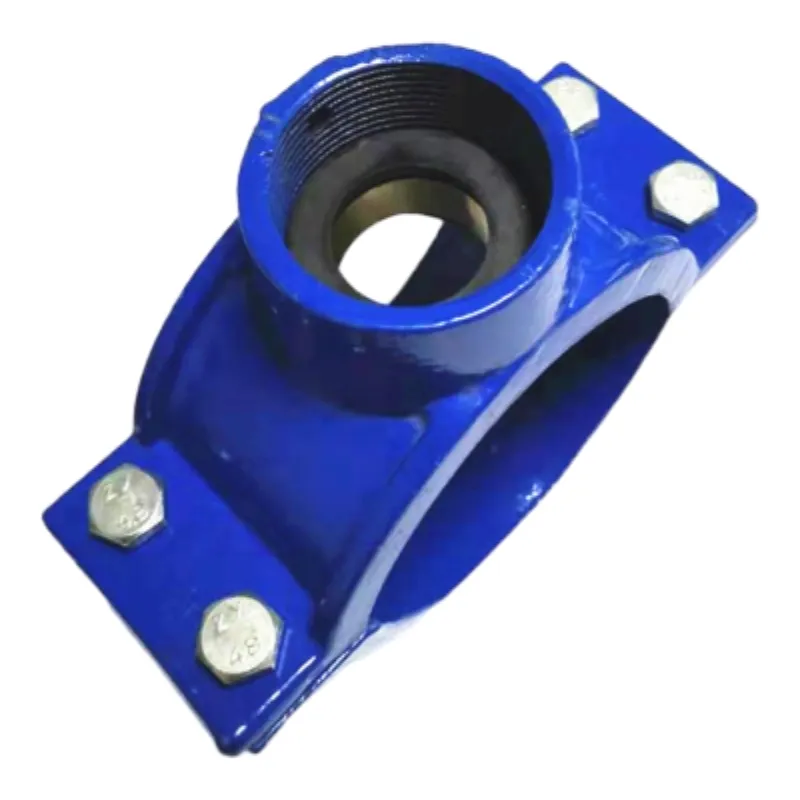clamp for copper pipe leak
Clamping Solutions for Copper Pipe Leaks A Comprehensive Guide
Copper pipes have long been a staple in plumbing systems due to their durability, resistance to corrosion, and ease of installation. However, like any material, copper can develop leaks over time due to various factors, including wear and tear, thermal expansion, and improper installation. When a leak occurs, it’s crucial to address the issue promptly to prevent water damage and increased utility bills. One effective method for managing copper pipe leaks is the use of clamps.
Understanding Copper Pipe Leaks
Copper pipes are particularly susceptible to leaks at joints where sections are connected via soldering, as well as at points where pipes connect to fixtures. Common causes of leaks include
1. Corrosion Over time, copper can corrode, especially in areas with acidic water conditions. This can lead to pinhole leaks. 2. Temperature Changes Rapid changes in temperature can cause expansion and contraction of the metal, which may eventually lead to joint failure. 3. Physical Damage Impacts from external sources or pressure from surrounding structures can also compromise the integrity of the pipe.
Identifying the source of a leak is the first step in addressing the problem. Signs of a leak may include damp spots on walls, ceilings, or floors, a decrease in water pressure, and the audible sound of running water when no fixtures are in use.
Using Clamps for Repair
Once a leak has been detected, one of the simplest and most effective solutions is to use a clamp. Pipe clamps are designed to provide a temporary fix until a more permanent repair can be made. Here’s a look at how to use clamps effectively
1. Choose the Right Clamp There are various types of clamps available, including saddle clamps and pipe repair clamps. Saddle clamps are ideal for securing the pipe around the leak, while pipe repair clamps can cover larger damaged areas.
2. Prepare the Area Before applying a clamp, ensure that the area is dry and clean. Use a wire brush to remove any corrosion or debris around the leak. This ensures a better seal.
clamp for copper pipe leak

3. Position the Clamp Place the clamp directly over the leak. It should be snug but not overly tight to avoid further damaging the pipe.
4. Secure the Clamp Use a screwdriver or wrench to tighten the clamp according to the manufacturer's instructions. Make sure it is securely fastened to prevent any further leaks.
5. Monitor the Repair After securing the clamp, turn on the water supply to the pipe and monitor the area for any signs of residual leaks. It may be necessary to adjust the clamp or tighten it further.
Limitations of Clamps
While clamps can be a quick and effective short-term solution for leaking copper pipes, they are not a permanent fix. Over time, the underlying issues that caused the leak may persist, and the clamp itself may become less effective due to wear and tear. Therefore, it is vital to schedule a professional plumbing assessment to identify the root cause of the leak and to explore more permanent repair options.
Preventative Measures
To minimize future leaks in copper pipes, consider the following preventative measures
- Regular Inspections Periodically inspect your plumbing system for signs of wear, corrosion, and leaks. - Maintain Optimal Water pH High acidity in water can accelerate corrosion. Using water treatment solutions may help maintain a neutral pH. - Insulate Pipes In areas prone to temperature fluctuations, insulating pipes can minimize the risk of thermal expansion and contraction.
Conclusion
Leaks in copper pipes can lead to significant damage and costly repairs if not addressed promptly. While using clamps provides a practical short-term solution, homeowners should also seek professional advice to ensure a long-term resolution. By understanding the causes of leaks and implementing preventative measures, you can maintain the integrity of your plumbing system and avoid the hassle of future repairs. Always prioritize safety and professional guidance when dealing with plumbing issues to ensure the continued health of your home’s water system.
-
The Smarter Choice for Pedestrian AreasNewsJun.30,2025
-
The Gold Standard in Round Drain CoversNewsJun.30,2025
-
The Gold Standard in Manhole Cover SystemsNewsJun.30,2025
-
Superior Drainage Solutions with Premium Gully GratesNewsJun.30,2025
-
Superior Drainage Solutions for Global InfrastructureNewsJun.30,2025
-
Square Manhole Solutions for Modern InfrastructureNewsJun.30,2025
-
Premium Manhole Covers for Modern InfrastructureNewsJun.30,2025
